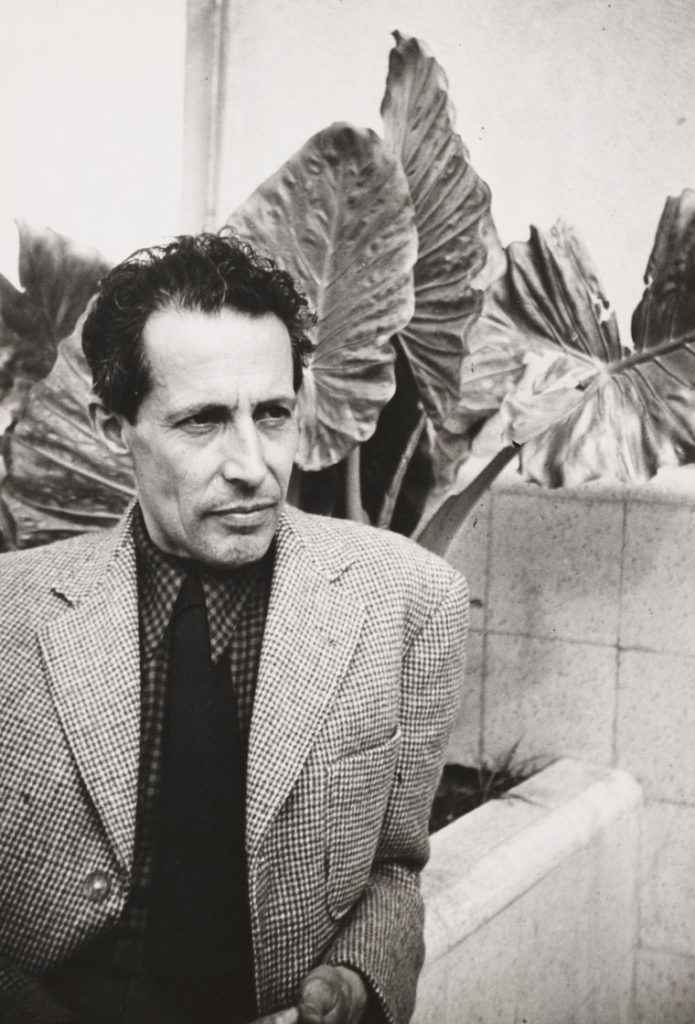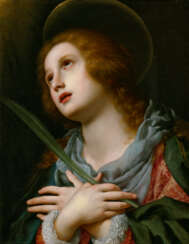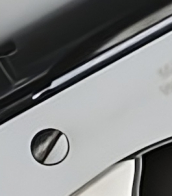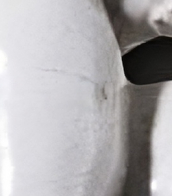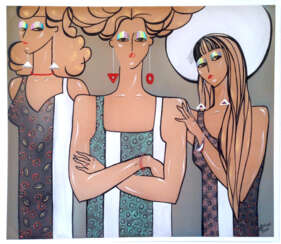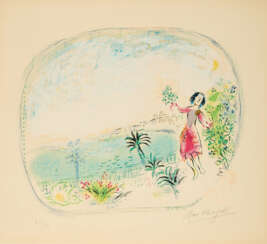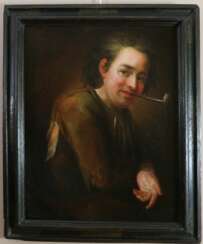a. carlos
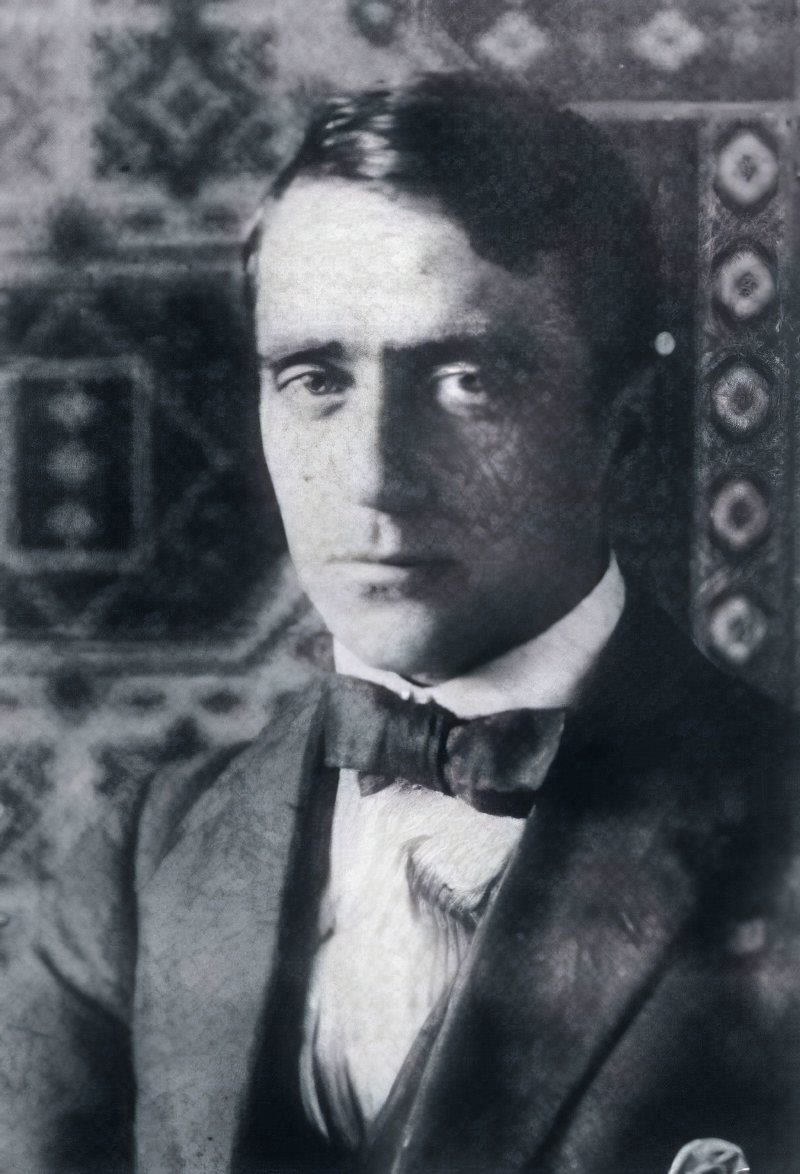
Carlo Mense was a German artist of the twentieth century. He is known as a painter and graphic artist, a representative of Rhenish Expressionism and New Materialism.
Mense was a member of artists' associations such as the Cologne Secession, Gereon Club, Young Rhine, and November. He actively participated in Expressionist exhibitions. Creating graphic works for the magazines "Action" and "Sturm", he became known for his artistic style. In 1937, the Nazis destroyed 37 of his works, categorizing them as "degenerate art." Mense left a significant mark on twentieth-century German painting with his expressive and evocative works.


Carlo Dolci was a mature Baroque Florentine painter. He is known for his paintings on religious themes.





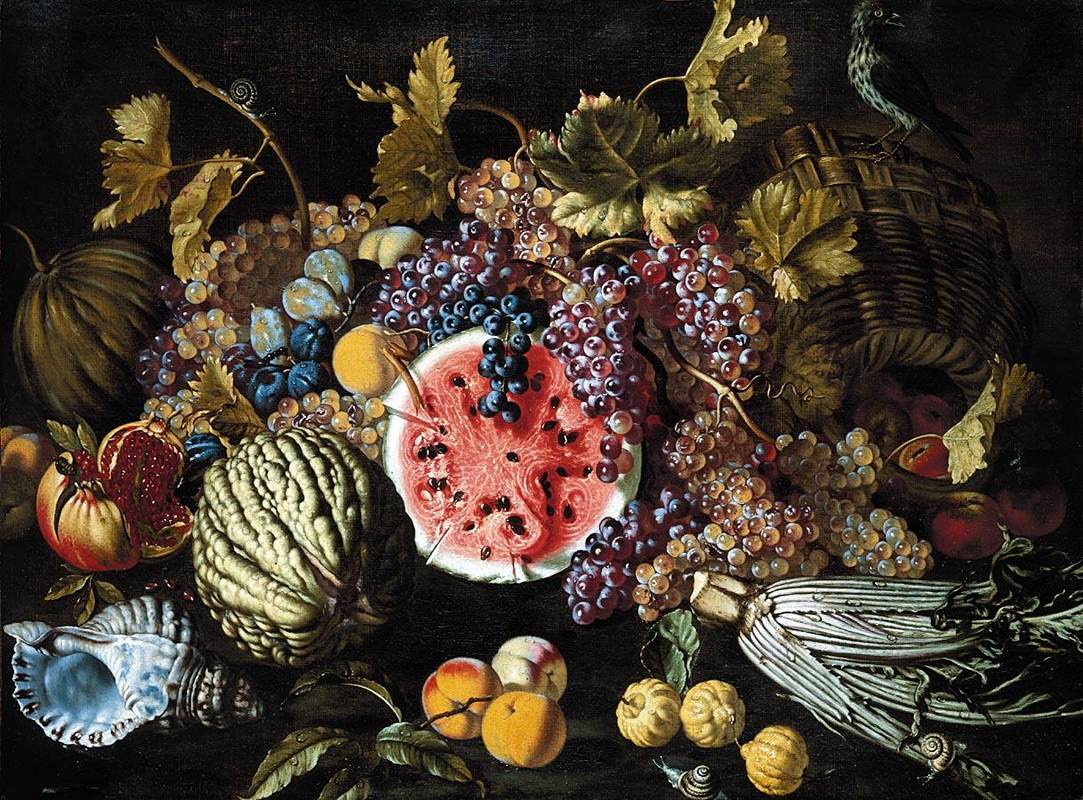

Luca Giordano, born on October 18, 1634, in Naples, emerged as the most celebrated Neapolitan painter of the late 17th century, known for his quick workmanship, which earned him the nickname "Luca Fa Presto" from his father's frequent admonitions to work quickly. His profound contribution to the development of Italianate landscape painting marked a significant chapter in art history.
Giordano's works are celebrated for their dynamic compositions, vibrant color palette, and the ability to infuse his subjects with vitality and emotion. His prolific career saw him working across Italy and Spain, leaving behind a legacy that includes monumental works such as the frescoes in the Palazzo Medici-Riccardi in Florence and the ceiling paintings in Santa Brigida Church in Naples. His late works, lighter and prefiguring the Rococo movement, were particularly influential and admired by later artists such as Fragonard.
Giordano's artistic prowess was not confined to a single genre; his oeuvre includes religious and mythological scenes, landscapes, and portraits. His versatility and ability to adapt his style to suit different subjects and patrons' preferences made him a pivotal figure in the transition from the Baroque to the Rococo style. Despite criticisms of superficiality due to his rapid execution, Giordano's work was fundamentally rooted in a deep understanding of his predecessors, combining the dramatic intensity of the Baroque with the emerging lighter Rococo aesthetic.
For collectors and experts in art and antiques, Luca Giordano's paintings represent a significant period in art history, bridging the gap between two major stylistic periods and reflecting the vibrant cultural exchanges of 17th-century Europe. His works, found in esteemed collections worldwide, continue to be studied and admired for their technical brilliance and artistic innovation.
To explore more about Luca Giordano's masterful contributions to the world of art and to stay updated on exhibitions or sales featuring his work, consider signing up for updates from art institutions. This subscription ensures enthusiasts and collectors are well-informed about developments related to Giordano's oeuvre, enhancing their appreciation and understanding of his enduring legacy.

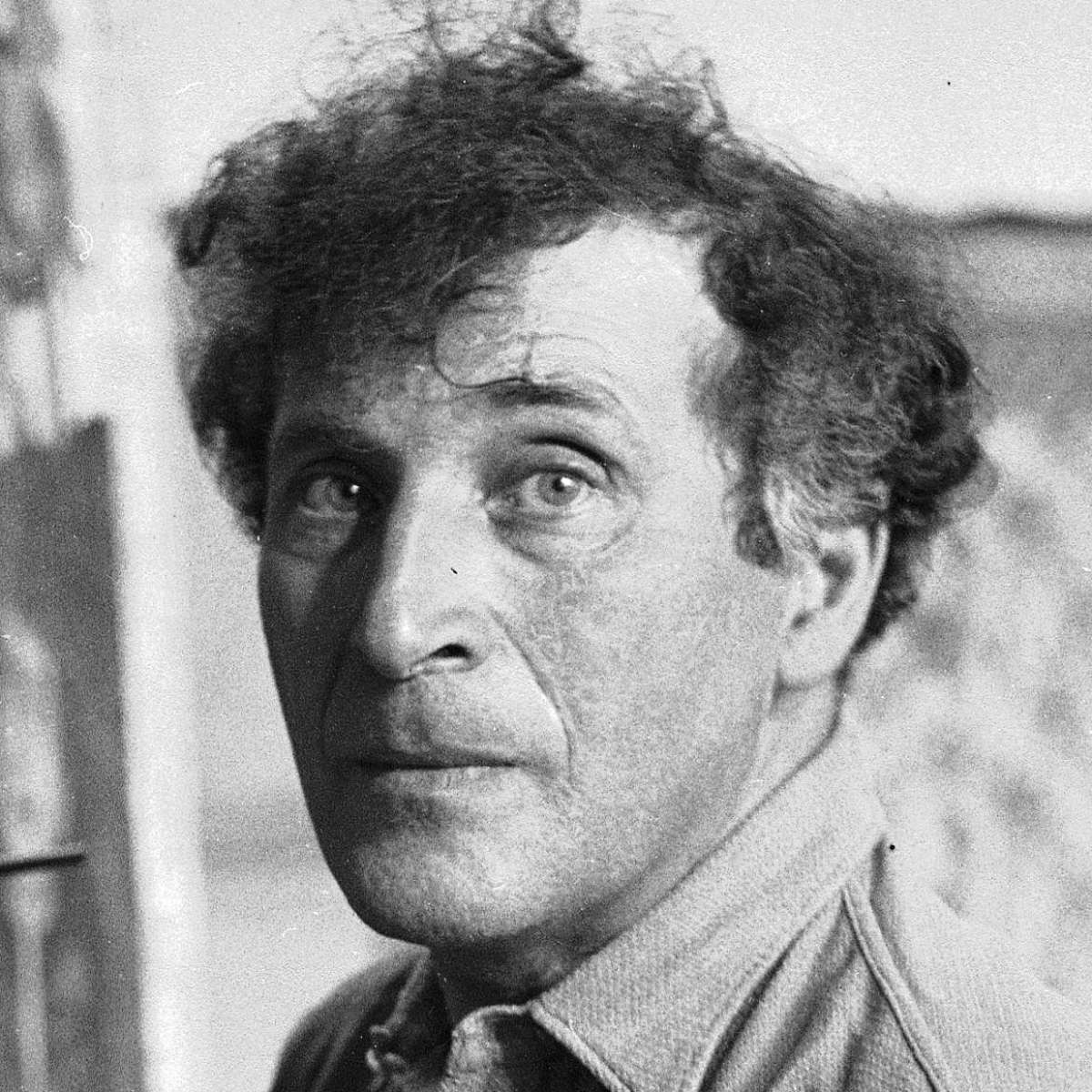
Marc Chagall (Russian: Марк Заха́рович Шага́л), born Moishe Shagal in 1887 near Vitebsk, Belarus (then part of the Russian Empire), was a Belarusian and French artist celebrated for his pivotal role in the avant-garde movement and his unique integration of Eastern European Jewish culture into modern art. His contributions spanned several artistic formats including painting, stained glass, stage sets, ceramics, tapestries, and fine art prints. Chagall's early modernist tendencies were enriched by his experiences across Saint Petersburg, Paris, and Berlin before World War I, leading to a distinctive style that melded Cubism, Symbolism, and Fauvism with his Jewish heritage.
Chagall's work is recognized for its emotional depth, often exploring themes of love, memory, and Jewish folklore through vibrant colors and dreamlike imagery. Notably, art critic Robert Hughes described him as "the quintessential Jewish artist of the twentieth century," a sentiment echoed by art historian Michael J. Lewis who regarded Chagall as a significant figure within European modernism and as the world's preeminent Jewish artist of his time.
Among Chagall's famed contributions are his stained-glass windows for the cathedrals of Reims and Metz, the UN, and the Jerusalem Windows in Israel. His monumental paintings include parts of the ceiling of the Paris Opéra and works that explore biblical themes, a hallmark of his oeuvre that underscores his enduring engagement with spiritual and religious motifs.
For art collectors and antiques experts, Chagall's works are notable not only for their artistic innovation but also for their rich cultural and historical significance. His art is housed in many prestigious museums worldwide, including the Marc Chagall National Museum in Nice, France, which focuses on his works inspired by religion and houses the series of paintings illustrating the biblical message.
For those interested in exploring Chagall's legacy and the vibrant intersection of culture, art, and history his work represents, signing up for updates on new product sales and auction events related to Marc Chagall can provide invaluable insights and opportunities. This is an invitation to engage more deeply with the world of art and culture that Chagall so uniquely encapsulated in his work.



